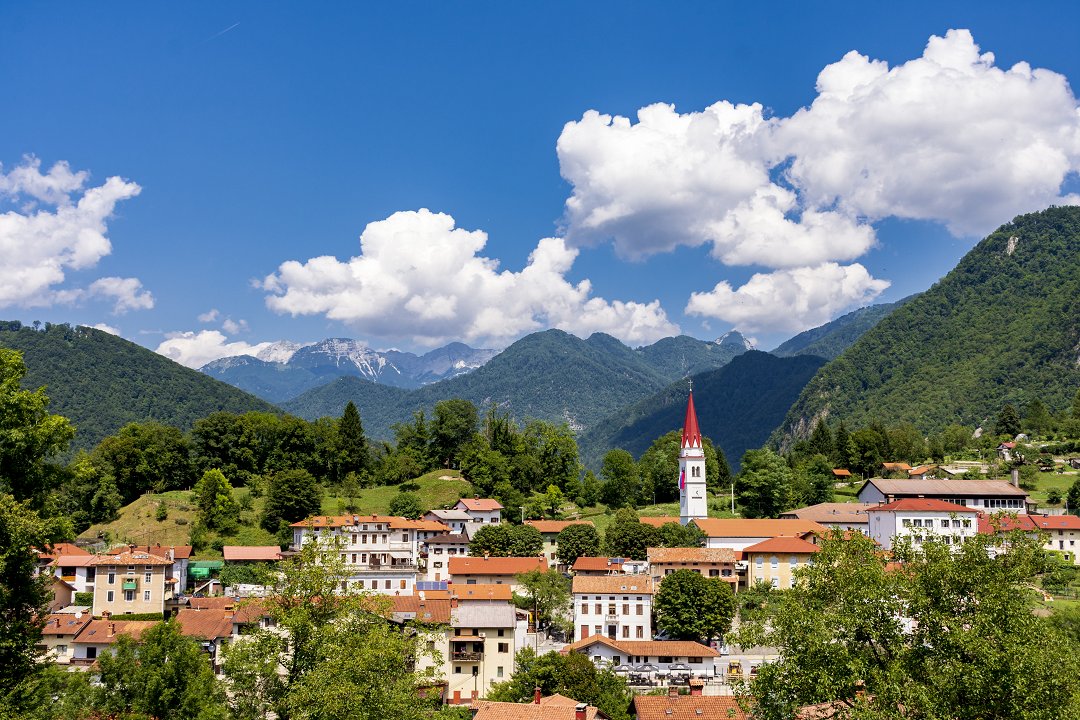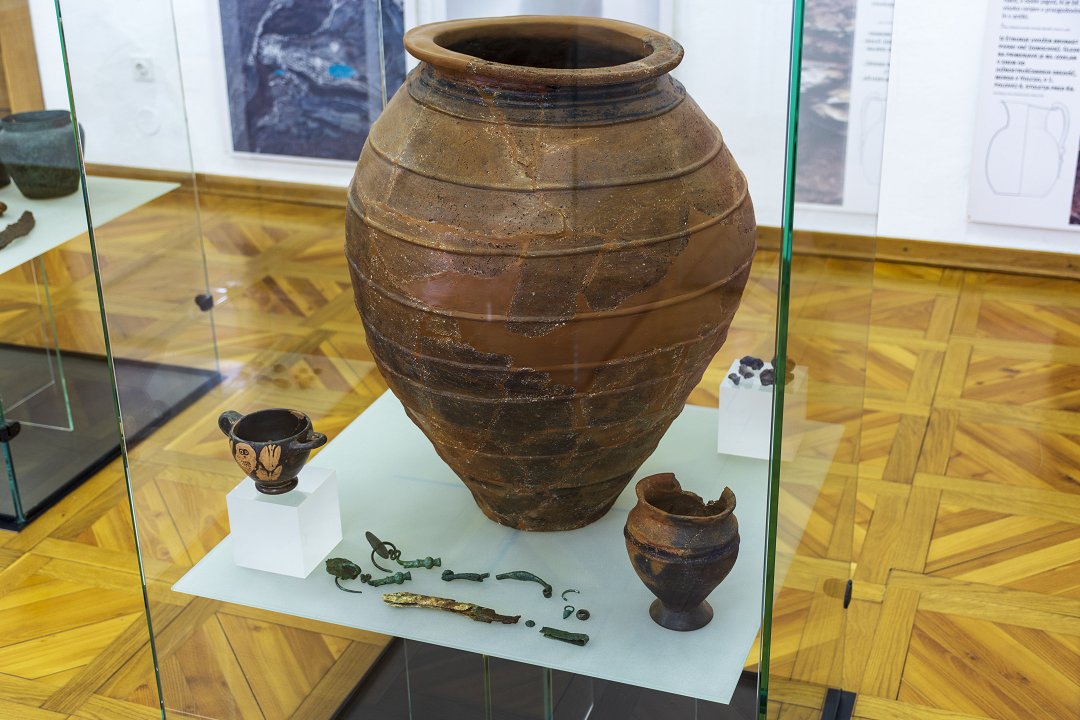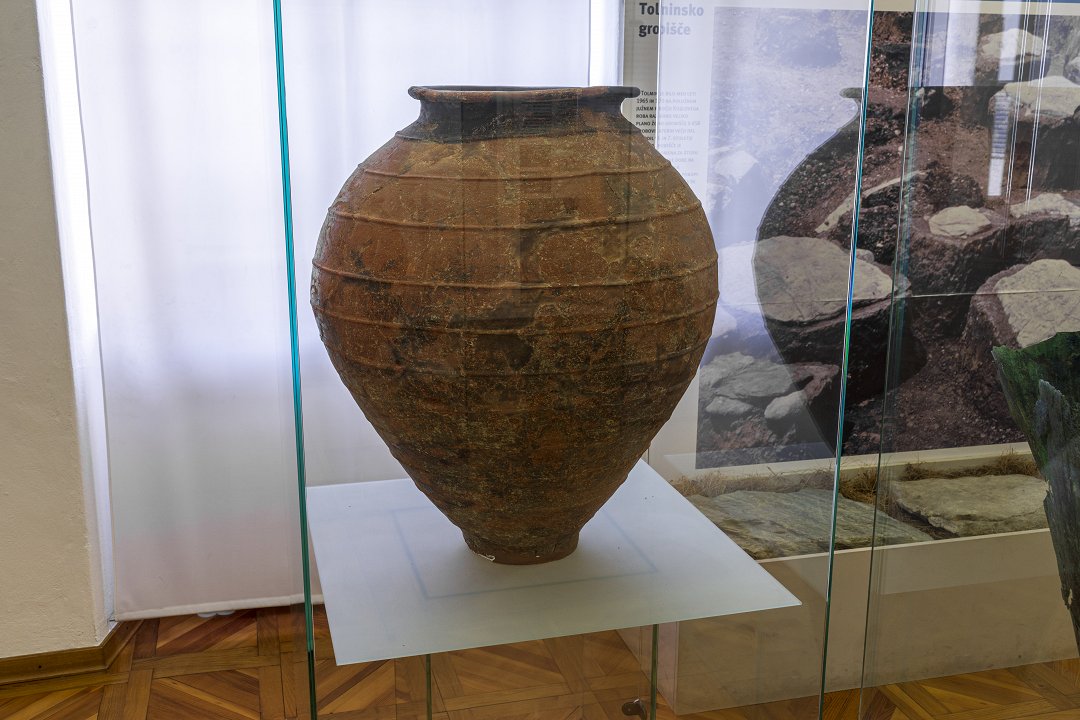You live in the territory of today's Most na Soči. Violent marauders have been visiting this area more and more. You are not accustomed to their weapons. They carry large oval shields and double-edged swords, which your spears and axes are difficult to defend against. In the last battle, five of your men died. This was a huge blow which served as a wake-up call. but it made you connect more strongly with each other, and you improved your defence. The farewell for your fellow men was majestic: five deceased men, five lavishly decorated stretchers, five pyres placed above the confluence.



